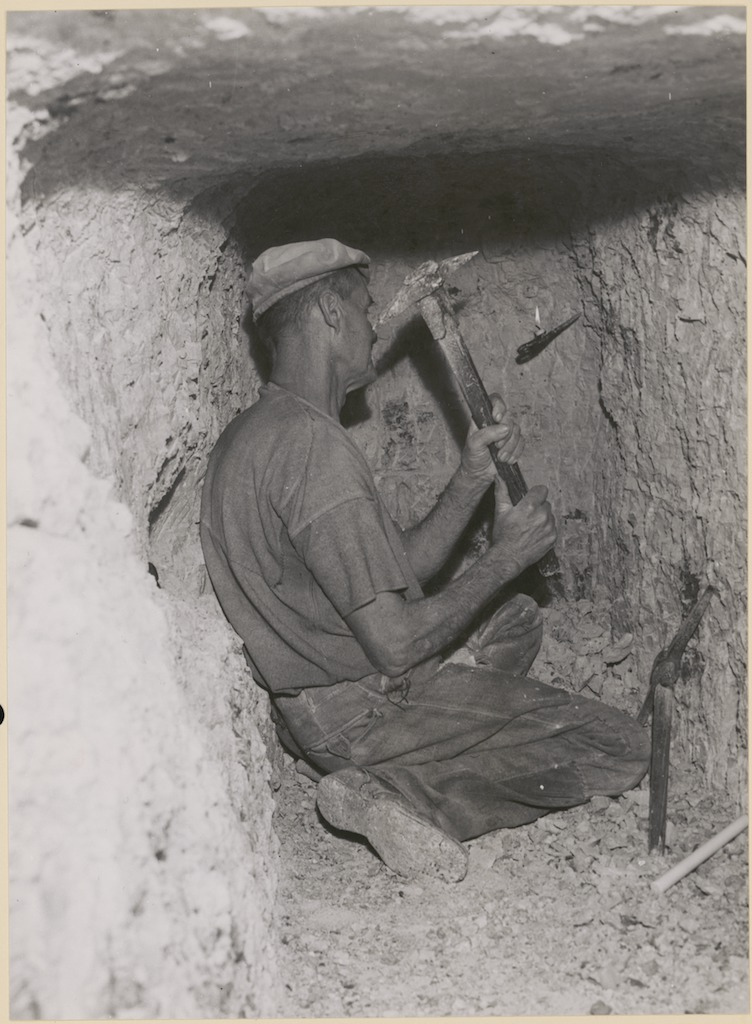SHIRI, Rahman; HAKOLA, Tarja; HÄRMÄ, Mikko; ROPPONEN, Annina (2015). The associations of working hour characteristics with short sickness absence among part- and full-time retail workers - INVASSAT
Ves enrere SHIRI, Rahman; HAKOLA, Tarja; HÄRMÄ, Mikko; ROPPONEN, Annina (2015). The associations of working hour characteristics with short sickness absence among part- and full-time retail workers
SHIRI, Rahman; HAKOLA, Tarja; HÄRMÄ, Mikko; ROPPONEN, Annina (2015). The associations of working hour characteristics with short sickness absence among part- and full-time retail workers
SHIRI, Rahman; HAKOLA, Tarja; HÄRMÄ, Mikko; ROPPONEN, Annina. The associations of working hour characteristics with short sickness absence among part- and full-time retail workers. Scandinavian Journal of Work, Environment & Health [en línea]. 2015. 41, 3. 10 p. [Consulta: 13.04.2021]. ISSN: 1795-990X. DOI: 10.5271/sjweh.3952.
Objetivo: Este estudio tuvo como objetivo determinar las asociaciones de las características de la hora de trabajo con la baja por enfermedad (SA) corta (1-3 días) entre los trabajadores minoristas. Métodos: Como parte del "proyecto RetailHours", se incluyeron 4046 empleados de 338 tiendas minoristas finlandesas. Se utilizaron datos basados en registros sobre las características de las horas de trabajo y la SA corta. Se utilizó un diseño de casos cruzados y se controlaron los ratios de probabilidades (OR) para el efecto de agrupamiento y las características de las horas de trabajo. Conclusiones: Un intervalo de turno corto es un factor de riesgo importante para una SA corta. Mejorar los intervalos entre turnos y acortar las largas horas de trabajo semanales podría reducir el riesgo de una SA corta entre los trabajadores minoristas.
Objectiu: Aquest estudi va tindre com a objectiu determinar les associacions de les característiques de l'hora de treball amb la baixa per malaltia (SA) tala (1-3 dies) entre els treballadors minoristes. Mètodes: Com a part del "projecte RetailHours", es van incloure 4046 empleats de 338 botigues minoristes finlandeses. Es van utilitzar dades basades en registres sobre les característiques de les hores de treball i la SA curta. Es va utilitzar un disseny de casos creuats i es van controlar els ràtios de probabilitats (OR) per a l'efecte d'agrupament i les característiques de les hores de treball. Conclusions: Un interval de torn curt és un factor de risc important per a una SA curta. Millorar els intervals entre torns i acurtar les llargues hores de treball setmanals podria reduir el risc d'una SA curta entre els treballadors minoristes.
Objective This study aimed to determine the associations of working hour characteristics with short (1–3 days) sickness absence (SA) among retail workers. Methods As part of "RetailHours-project", 4046 employees of 338 Finnish retail stores were included. Registry-based data on working hour characteristics and short SA were utilized. A case-crossover design was used and the odds ratios (OR) were controlled for the clustering effect and working hour characteristics. Results There were strong dose–response relationships between percent of short (<11 hours) shift intervals and short SA among part- and full-time workers, men and women, and younger and older workers. Compared to workers without short shift intervals, the risk of SA was 1.47 times [95% confidence interval (CI) 1.29–1.68] higher among workers who had short shift intervals <10% of work times, 2.39 times (95% CI 2.03–2.82) higher among workers who had 10–25% of work times, and 4.03 times (CI 2.34–6.93) higher among workers who had short shift intervals >25% of work times. Weekly working hours >40 hours were associated with SA among part-time workers [odds ratio (OR) 2.22, CI 1.65–2.98], women (OR 1.62, CI 1.27–2.07) and among workers <30 years of age (OR 1.68, CI 1.20–2.35) as well as among workers aged ≥30 years (OR 1.43, CI 1.07–1.92). Furthermore, working mainly night shifts was associated with SA among full-time workers (OR 2.41, 95% CI 0.99–5.86) and women (OR 1.72, CI 1.02–2.89). Conclusions A short shift interval is an important risk factor for short SA. Improving intervals between shifts and shortening long weekly working hours could reduce the risk of short SA among retail workers.















